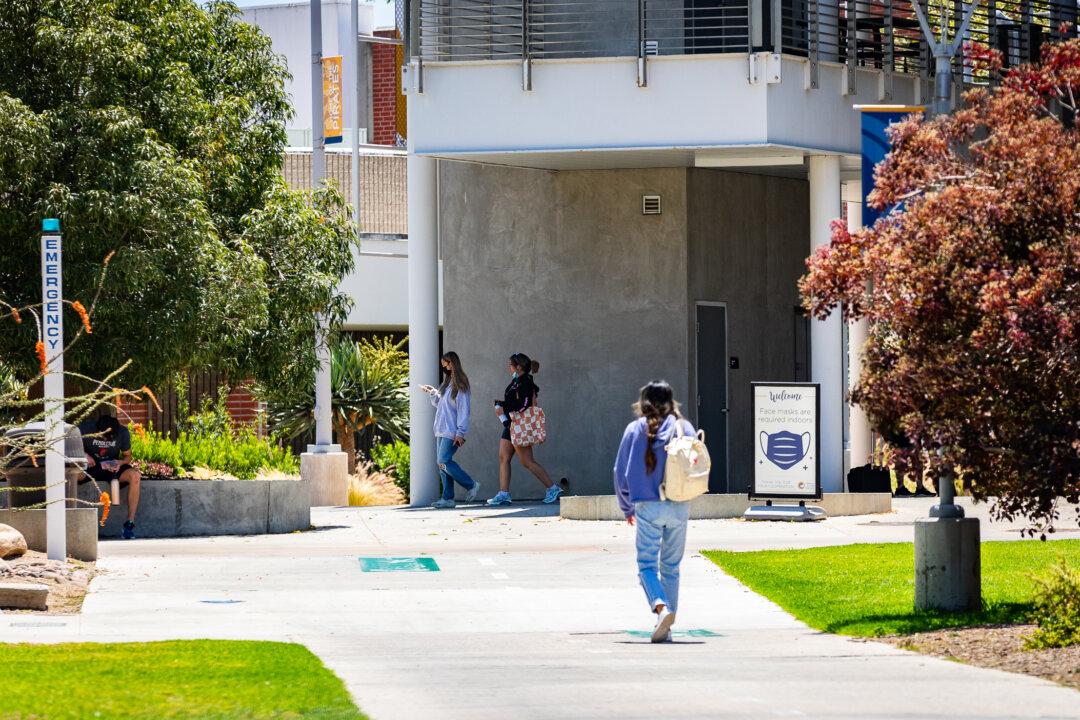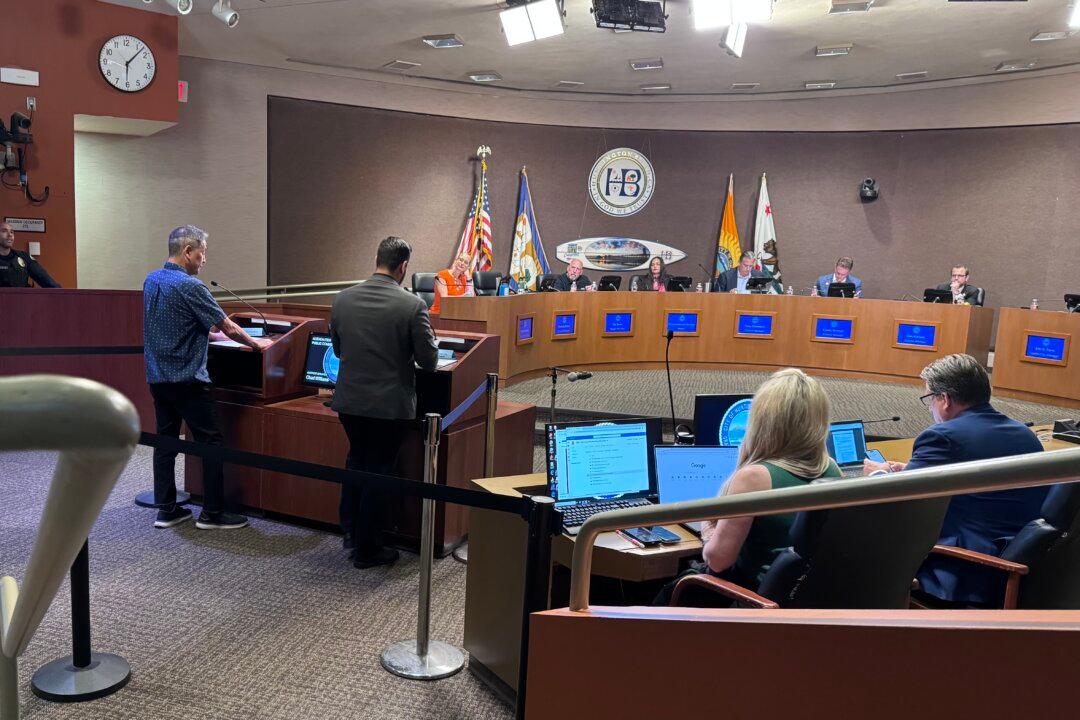A California bill that would make tuition more affordable for some low-income residents of Mexico to attend local community colleges in the state is one step away from becoming law.
Assembly Bill 91, introduced by Assemblyman David Alvarez (D-San Diego), would create a pilot program allowing Mexico residents who live within 45 miles of the California border to pay in-state tuition to attend one of nine campuses in the San Diego and Imperial Valley Counties Community College Association.





